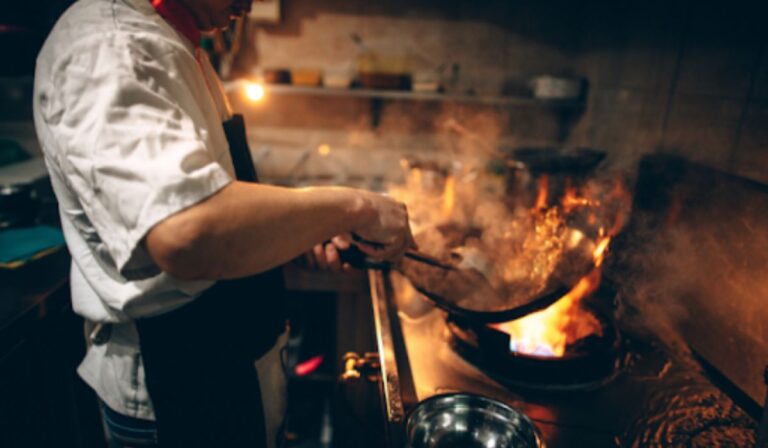Running a restaurant or commercial kitchen involves many risks, and gas hazards are among the most serious. Gas is used extensively for cooking and heating, making it crucial to obtain a Gas Safety Certificate in London to ensure safety. Without proper management, gas can pose significant dangers. Understanding these risks and how to mitigate them is essential for maintaining a safe kitchen environment.
Types of Gas Hazards
There are several types of gas hazards that can occur in a commercial kitchen. Each type requires specific attention to avoid potential accidents and health issues.
Gas Leaks
Gas leaks are one of the most immediate and dangerous hazards in any kitchen. They can occur due to faulty appliances, damaged pipes, or improper installations. When gas leaks, it can lead to dangerous situations such as explosions or fires. Additionally, gas leaks can result in harmful fumes that can pose health risks to kitchen staff and patrons.
Carbon Monoxide Exposure
Carbon monoxide (CO) is a colorless, odorless gas that is produced by incomplete combustion of fuel. In a restaurant or commercial kitchen, CO can come from gas stoves, ovens, or other appliances. Prolonged exposure to carbon monoxide can cause headaches, dizziness, and even more severe health problems, such as impaired cognitive function or cardiovascular issues.
Propane Gas Hazards
Propane is commonly used in commercial kitchens, especially in areas where natural gas isn’t available. However, propane is highly flammable and can be hazardous if not handled correctly. Propane gas hazards include leaks, which can lead to explosions, and improper storage, which can result in dangerous buildups of gas.
Recognizing Gas Hazards
Being able to identify the signs of gas hazards is crucial for maintaining safety in the kitchen. Common indicators of gas issues include:
Unusual Smells
Most gas companies add a sulfur-like odor to natural gas so that leaks can be easily detected. If you smell this odor, it may indicate a gas leak.
Diminished Flame
A yellow or orange flame instead of a blue flame on gas burners can signal incomplete combustion, which might be a sign of a gas problem.
Health Symptoms
If you or your staff begin to experience symptoms like headaches, dizziness, or nausea, it could be a sign of carbon monoxide exposure or other gas-related issues.
Preventing Gas Hazards
Preventing gas hazards requires a combination of proper equipment maintenance, staff training, and regular inspections.
Regular Maintenance
All gas-powered equipment should be regularly serviced and maintained by a qualified technician. Regular maintenance helps to ensure that appliances are functioning correctly and reduces the risk of leaks or malfunctions.
Proper Ventilation
Good ventilation is essential to disperse any gas fumes that might escape into the kitchen. Ensure that your kitchen has adequate ventilation systems and that they are regularly inspected and maintained.
Training and Awareness
Training staff on the proper use of gas appliances and the importance of gas safety is crucial. Make sure that everyone in the kitchen knows how to detect gas leaks and what to do if they suspect a problem.
Responding to Gas Emergencies
Knowing how to respond quickly and effectively in the event of a gas emergency can prevent accidents and save lives.
Immediate Actions
If you suspect a gas leak, turn off the gas supply immediately and evacuate the area. Do not use electrical switches or open flames, as they could ignite the gas. Contact emergency services and a qualified technician to handle the situation.
Regular Drills
Conduct regular emergency drills with your staff to ensure everyone knows their role in a gas emergency. This preparation can help prevent panic and ensure a coordinated response.
Conclusion
Gas hazards in restaurants and commercial kitchens pose significant risks that must be managed carefully. Understanding the different types of gas hazards, recognizing their signs, and implementing preventive measures are essential for maintaining a safe kitchen environment. Regular maintenance of equipment, proper ventilation, and staff training play crucial roles in preventing gas-related incidents. To ensure comprehensive safety, it might be helpful to consult services like London Property Inspections, which can offer additional insights and support. By being proactive and prepared, you can help ensure the safety of your kitchen staff and patrons, reducing the risk of accidents and creating a safer working environment, If you want to stay updated with posts like this, please follow us on Class Prayer.

